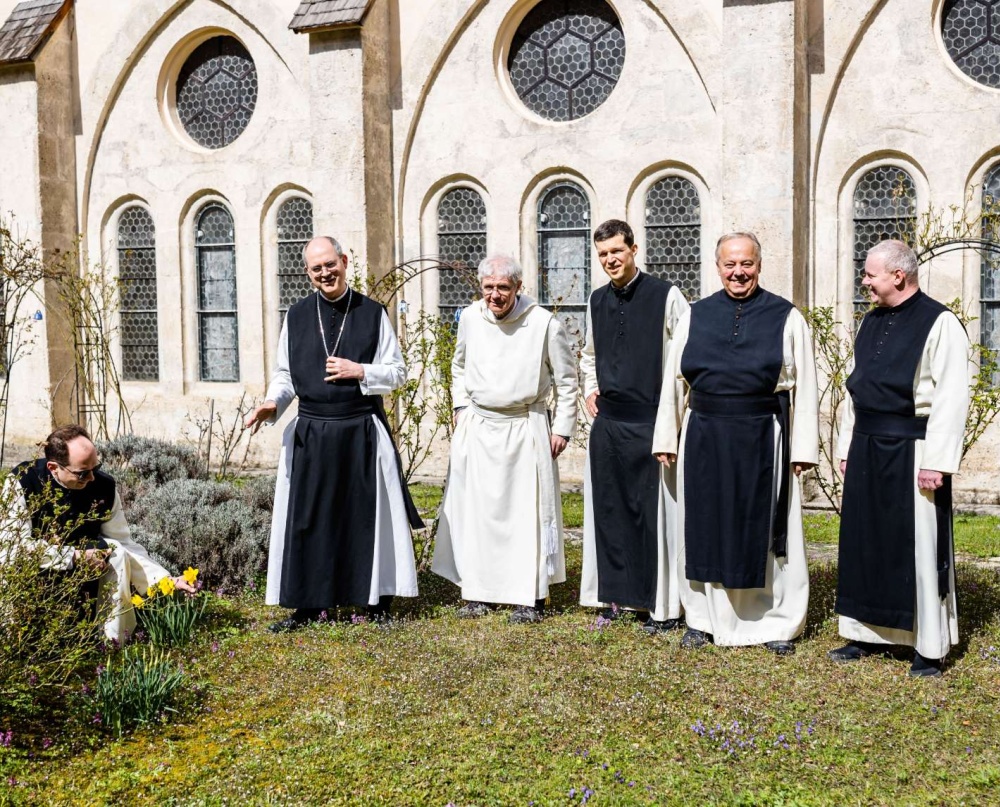
The Abbey
an 800-year history
A COMMUNITY SINCE 1202
The monastic community currently consists of 18 Fathers and two Brothers. As Cistercians, we live according to the rule of St. Benedict. The aim of our monastic life is to seek and find God on the path of monastic vocation. We want to follow Christ in a special way through our monastic life.
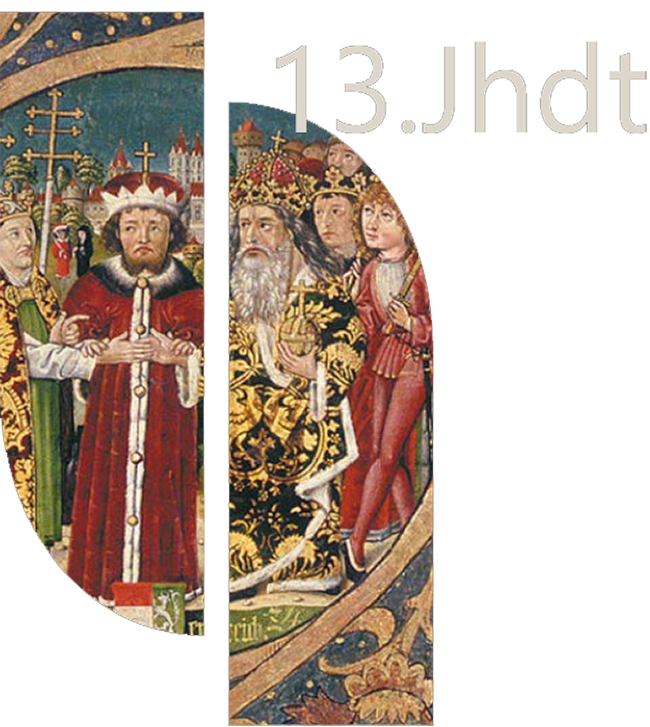
BEGINNINGS AND HEYDAY IN THE MIDDLE AGES
Lilienfeld Abbey was founded in 1202 by the Austrian Duke Leopold VI, of the Babenbergs. Monks from the Cistercian monastery of Heiligenkreuz settled at the monastery and carried out the first construction work.
In the Middle Ages, Lilienfeld Abbey was home to an important scriptorium where, among other things, the valuable manuscript Concordantiae caritatis by Abbot Ulrich von Lilienfeld was produced. The monk Christan von Lilienfeld wrote several liturgical hymns.
Lilienfeld Abbey was founded in 1202 by the Austrian Duke Leopold VI, of the Babenbergs. Monks from the Cistercian monastery of Heiligenkreuz settled at the monastery and carried out the first construction work.
In the Middle Ages, Lilienfeld Abbey was home to an important scriptorium where, among other things, the valuable manuscript Concordantiae caritatis by Abbot Ulrich von Lilienfeld was produced. The monk Christan von Lilienfeld wrote several liturgical hymns.
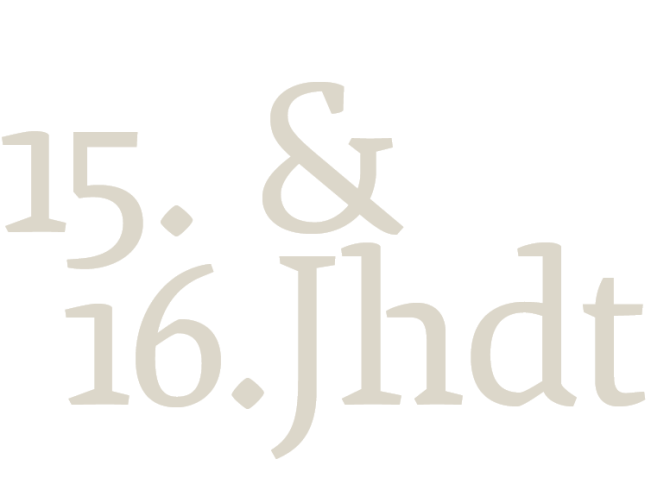
UPS AND DOWNS IN THE COURSE OF HISTORY
Cistercians from Lilienfeld Abbey had been engaging in pastoral care in parishes since the 15th century.
In the 16th century, Lilienfeld Abbey had to fear for its existence due to the Reformation. In 1683, the abbey and its fortifications were able to withstand the threat of devastation by militant Ottomans. The Lilienfeld Brotherhood of St. Joseph, the construction of several baroque wings and the conversion to baroque of the interior of the abbey basilica were an expression of the heyday that Lilienfeld Abbey experienced in the 17th and 18th centuries.
Cistercians from Lilienfeld Abbey had been engaging in pastoral care in parishes since the 15th century.
In the 16th century, Lilienfeld Abbey had to fear for its existence due to the Reformation. In 1683, the abbey and its fortifications were able to withstand the threat of devastation by militant Ottomans. The Lilienfeld Brotherhood of St. Joseph, the construction of several baroque wings and the conversion to baroque of the interior of the abbey basilica were an expression of the heyday that Lilienfeld Abbey experienced in the 17th and 18th centuries.
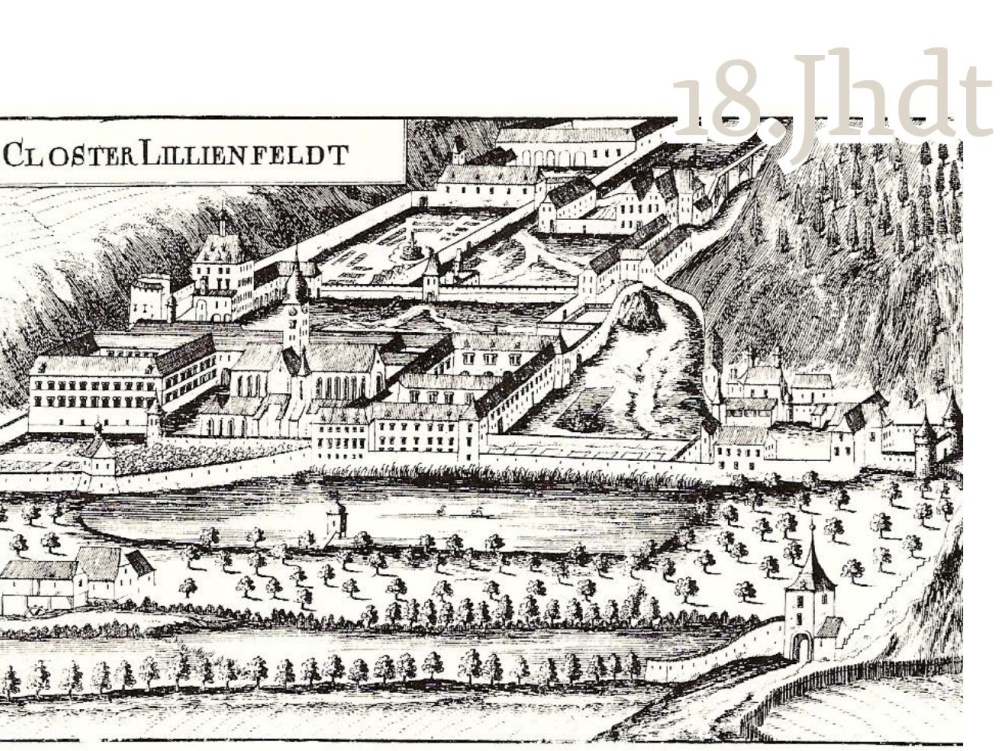
SCIENCE AND CULTURE
The fostering of science and culture was of great importance at Lilienfeld Abbey in modern times.
Lilienfeld priests taught at the abbey’s own philosophical and theological school, its in-house lower secondary school, at the Lilienfeld Boys′ Choir Institute and at local elementary schools. Emperor Joseph II abolished Lilienfeld Abbey in 1789. The abbey was re-established in 1790 under Emperor Leopold II.
The fostering of science and culture was of great importance at Lilienfeld Abbey in modern times.
Lilienfeld priests taught at the abbey’s own philosophical and theological school, its in-house lower secondary school, at the Lilienfeld Boys′ Choir Institute and at local elementary schools. Emperor Joseph II abolished Lilienfeld Abbey in 1789. The abbey was re-established in 1790 under Emperor Leopold II.
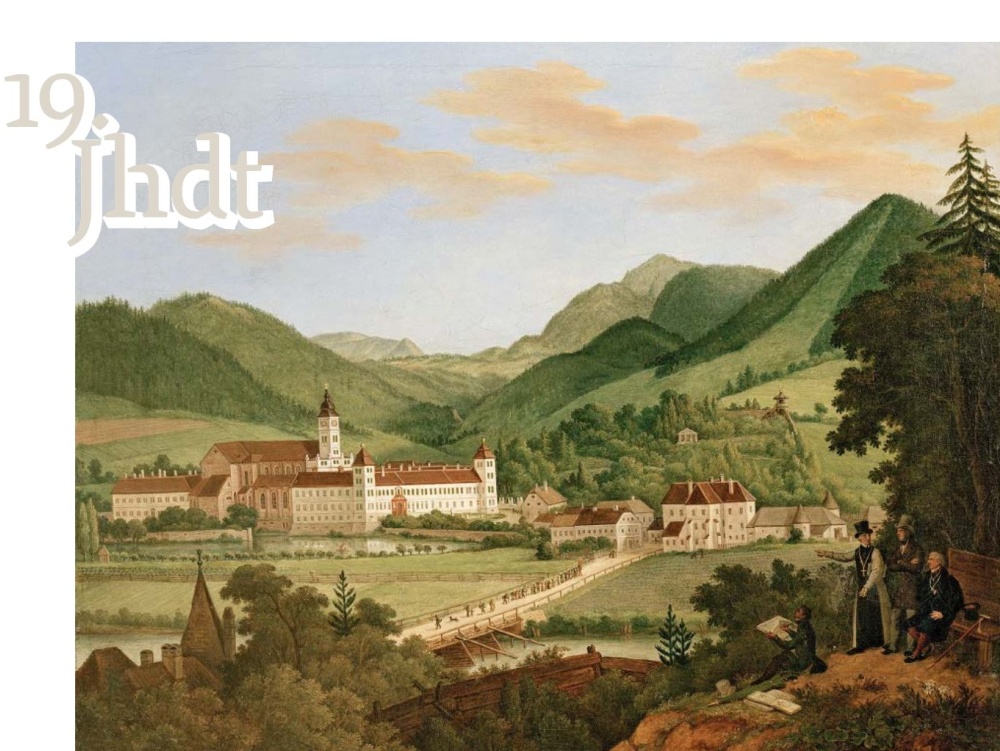
DESTRUCTION AND RECONSTRUCTION
In 1810, a serious fire destroyed large parts of the abbey. Abbot Ladislaus Pyrker had the abbey rebuilt.
As a highly talented and well-connected prelate, he was later appointed as Bishop of Spiš (1818-1820), Patriarch of Venice (1820-1826) and Archbishop of Eger (1826-1847) in Hungary. Under his successors, the architectural and economic resurrection of Lilienfeld went ahead.
In 1810, a serious fire destroyed large parts of the abbey. Abbot Ladislaus Pyrker had the abbey rebuilt.
As a highly talented and well-connected prelate, he was later appointed as Bishop of Spiš (1818-1820), Patriarch of Venice (1820-1826) and Archbishop of Eger (1826-1847) in Hungary. Under his successors, the architectural and economic resurrection of Lilienfeld went ahead.
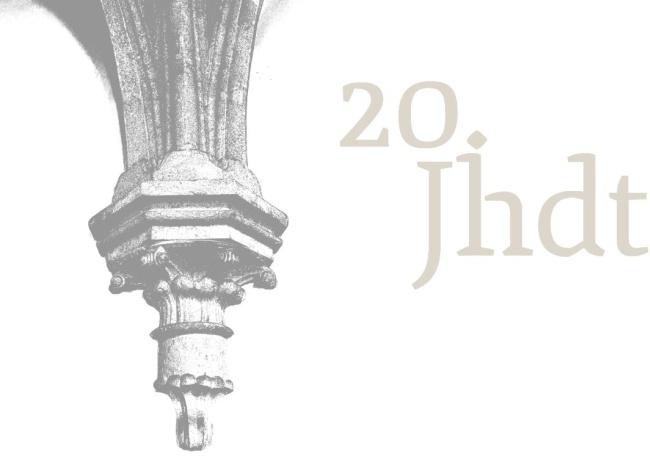
LOSSES AND SACRIFICES
The period between the two world wars in the 20th century presented the abbey with major economic challenges. During the national socialist era, the Fathers lost their residential building (convent) as it was used by the NSDAP as the district party headquarters.
During the days of war in 1945, the abbey suffered a great deal of damage.
The period between the two world wars in the 20th century presented the abbey with major economic challenges. During the national socialist era, the Fathers lost their residential building (convent) as it was used by the NSDAP as the district party headquarters.
During the days of war in 1945, the abbey suffered a great deal of damage.
DEVELOPMENT IN RECENT DECADES
The time after the Second World War initially brought a strong upswing in personnel for Lilienfeld Abbey. The Abbey complex was modernised and restored.
20. Jhdt
The former imperial wing of the Abbey served as a school building for a vocational school for several years (1950-1964) and has been used by the Bundesgymnasium Lilienfeld secondary school since 1967. The Lilienfeld Summer Academy has played an important role in the cultural life of Lilienfeld Abbey since 1982 as training weeks for musicians. Lilienfeld Abbey hosted the Lower Austrian state exhibition "1000 years of the Babenbergs" (1976) and the special exhibition "CISTO – 800 Years Lilienfeld Abbey" (2002).
21. Jhdt
At the beginning of the 21st century, the lay brothers′ wing of Lilienfeld Abbey was converted into an event venue, and in 2005/06 the abbey’s own power station was renovated. In 2021, the Lilienfeld Josefsverein was founded upon the initiative of Abbot Pius.